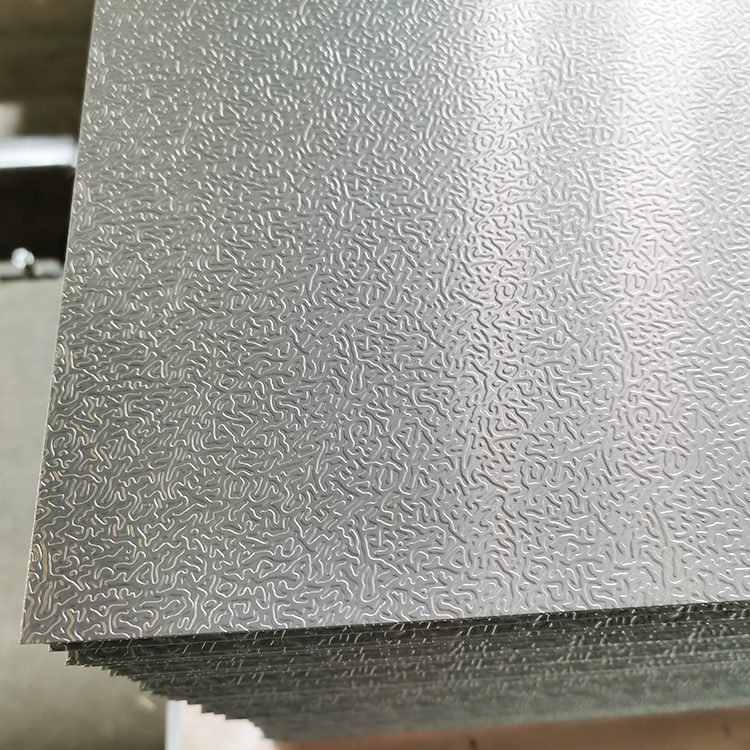Embossed aluminum foil, a type of aluminum product with special surface treatments, has found widespread use in various fields due to its unique properties and versatility. The process characteristics of embossed aluminum foil are crucial in determining its performance and applications. This article delves into the primary process characteristics of embossed aluminum foil.
Surface Texture Treatment
The core of the embossed aluminum foil process lies in its surface texture treatment. The embossing process creates various intricate patterns on the aluminum foil surface, such as grids, waves, and stripes. These textures not only enhance the aesthetic appeal of the foil but also increase its surface friction, improving its anti-slip properties. The diversity of surface textures allows embossed aluminum foil to meet different application requirements.

Material Selection
High-purity aluminum alloy materials, known for their excellent ductility and formability, are typically used for embossed aluminum foil. Commonly used aluminum alloys include 1xxx series pure aluminum and 3xxx series aluminum-manganese alloys. Choosing the right material ensures smooth embossing processing and guarantees the final product’s superior physical properties and durability.
Embossing Process Flow
The manufacturing process of embossed aluminum foil generally includes the following steps:
Casting and Cold Rolling: Aluminum ingots are first processed through casting and cold rolling to produce aluminum foil of the desired thickness.
Annealing: Annealing improves the ductility and formability of the aluminum foil, facilitating the subsequent embossing process.
Embossing: The aluminum foil is passed through an embossing machine that impresses various patterns onto its surface. The embossing machine’s rollers are engraved with different designs, which are transferred onto the aluminum foil as it passes through.
Surface Treatment: To enhance the foil’s corrosion resistance and gloss, the embossed aluminum foil often undergoes surface treatments, such as oxidation or coating.
Embossing Depth Control
Controlling the embossing depth is critical in the embossing process. The depth of embossing determines the clarity and dimensionality of the surface textures and affects the mechanical properties of the foil. If the embossing depth is too shallow, the textures may be indistinct; if too deep, it could reduce the foil’s strength and durability. Precision equipment and stringent process control are essential to achieve accurate embossing depth and ensure product quality.
Superior Physical Properties
Embossed aluminum foil retains the excellent characteristics of regular aluminum foil, such as being lightweight, corrosion-resistant, and having good thermal conductivity. Additionally, the embossing process enhances the foil’s strength and surface hardness. The treated surface is also less prone to sticking, making it more convenient to use.
Environmental and Recyclable
Embossed aluminum foil boasts excellent environmental properties. Aluminum is highly recyclable, and used embossed aluminum foil can be collected and recycled, reducing resource wastage and environmental impact. The manufacturing process involves strict process controls and non-toxic treatments, aligning with modern eco-friendly production standards.

Conclusion
Through its unique processing, embossed aluminum foil exhibits superior performance and a broad range of applications. Its surface texture treatment, material selection, process flow, embossing depth control, physical properties, and environmental characteristics make embossed aluminum foil invaluable in fields such as food packaging, decorative materials, handicraft making, household appliances, and medical packaging. With continuous technological advancements, the process characteristics of embossed aluminum foil will further improve, and its application scope will expand even more.


